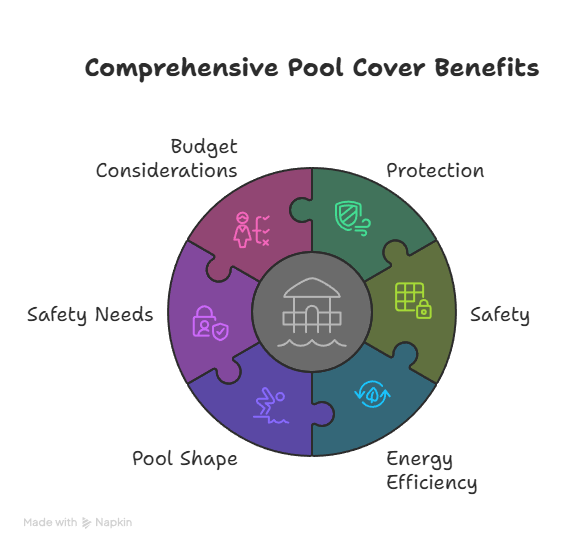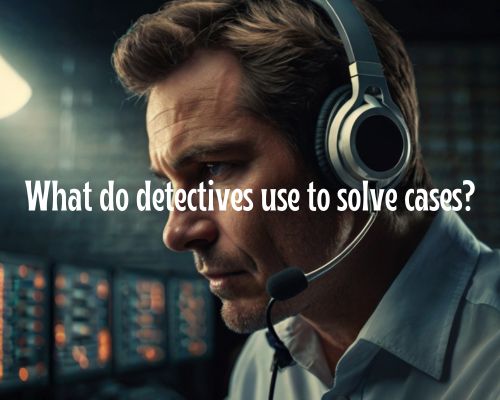Barn conversion is an architectural venture that blends the rustic charm of traditional barn structures with modern living requirements. Upper Tean, a village in Staffordshire, England, has witnessed a growing trend in transforming aged barn structures into luxurious and functional living spaces. This article delves into the intricacies of this transformation process, highlighting the role of Upper Tean barn transformation specialists in bringing these historic structures back to life. Furthermore, it provides insights into why Upper Tean stands out as a prime location for such endeavours.
The Allure of Barn Conversions
Barn conversions are more than just a trend; they represent a lifestyle choice that values sustainability, heritage, and architectural beauty. The conversion process involves intricate work to preserve the original features of the barn, such as exposed wooden beams and stone walls, while incorporating modern amenities and design elements. This fusion creates unique and appealing living spaces that pay homage to their agricultural past.
Upper Tean: A Prime Location
Upper Tean is nestled within the picturesque landscapes of Staffordshire, making it an appealing location for barn conversions. The area is dotted with historic barns that are remnants of its agricultural heritage, offering a blank canvas for transformation specialists. The natural beauty of its surroundings, combined with the character of these old buildings, serves as a major draw for individuals seeking a unique and tranquil living environment.
The Role of Specialists
Upper Tean barn transformation specialists play a crucial role in the conversion process. These professionals possess a deep understanding of the local architecture, planning regulations, and the unique challenges associated with transforming historic structures. Their expertise ensures that each conversion not only meets the living standards of the modern dweller but also preserves the integrity and character of the original barn. From initial design to the final touches, these specialists oversee every aspect of the project, turning vision into reality.
Challenges and Considerations
Barn conversions come with their set of challenges. One of the foremost considerations is navigating the legal and planning permissions required to carry out such transformations. Upper Tean, with its rich heritage, has stringent guidelines in place to protect its architectural history. Specialists must, therefore, be well-versed in local regulations to ensure that conversions are compliant.
Structural integrity is another significant concern, as many old barns were not initially constructed to serve as dwelling units. Specialists must conduct thorough assessments to identify potential issues and determine the necessary reinforcements to make these structures habitable and safe.
Integrating modern amenities without compromising the barn’s original features is a delicate balancing act. Specialists must creatively incorporate plumbing, heating, and electrical systems, often hidden within the fabric of the building, to maintain its aesthetic appeal.
Sustainability in Design
Sustainability plays a pivotal role in the barn conversion process, with an emphasis on utilizing eco-friendly materials and technologies. This approach not only reduces the environmental impact of such projects but also enhances the energy efficiency of the converted barns. Specialists often incorporate features such as solar panels, rainwater harvesting systems, and heat pumps to minimize the carbon footprint of these dwellings.
Conclusion
The transformation of barns in Upper Tean into bespoke living spaces is a testament to the skill and creativity of local specialists. This process not only provides a new lease of life to historic structures but also contributes to the preservation of the area’s architectural heritage. As the demand for unique and sustainable living options continues to grow, Upper Tean stands out as a beacon for barn conversion enthusiasts. With the expertise of Upper Tean barn transformation specialists, these old edifices are reborn as stunning homes that blend the best of the past with the comfort and sustainability of the present.

